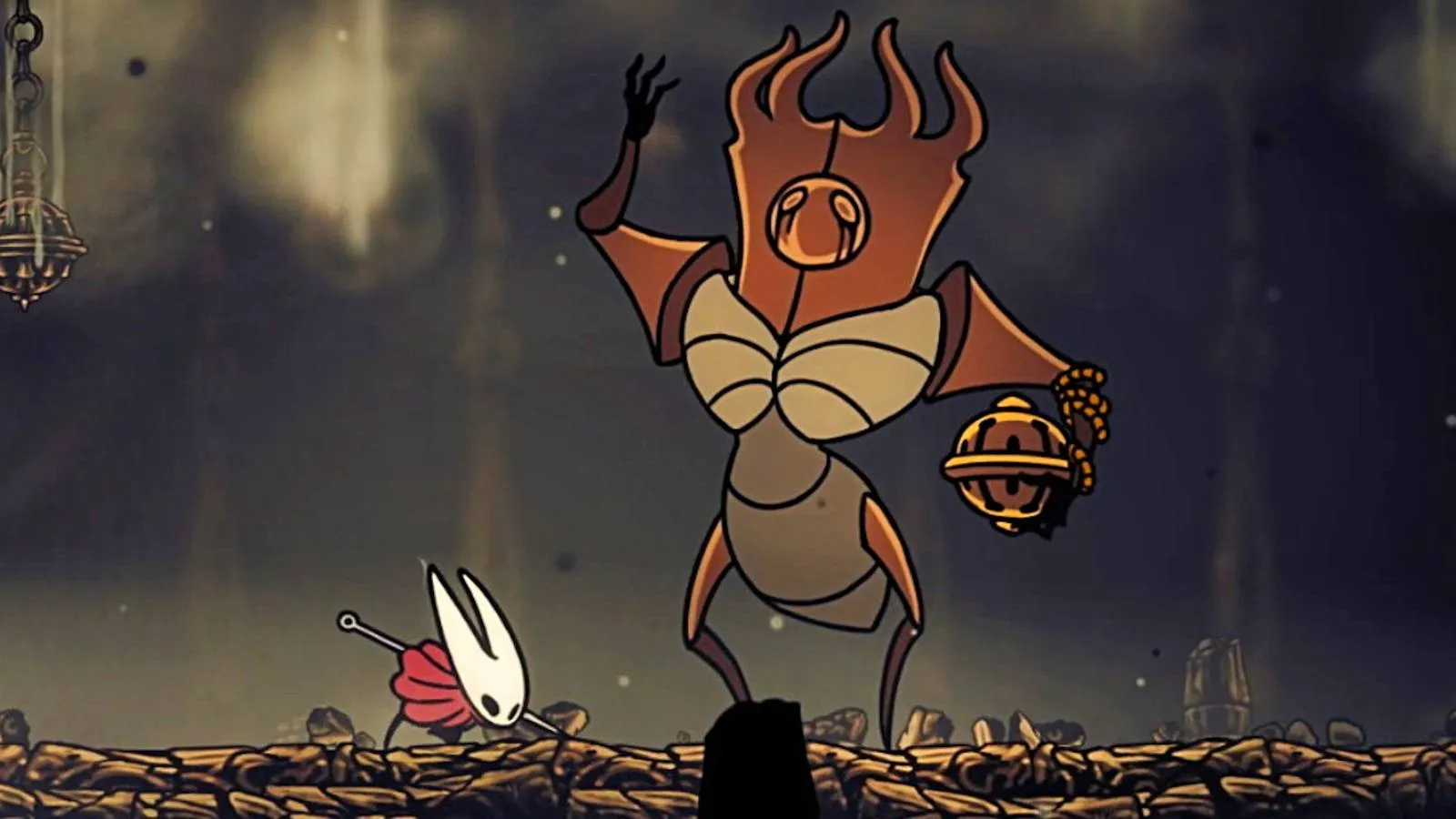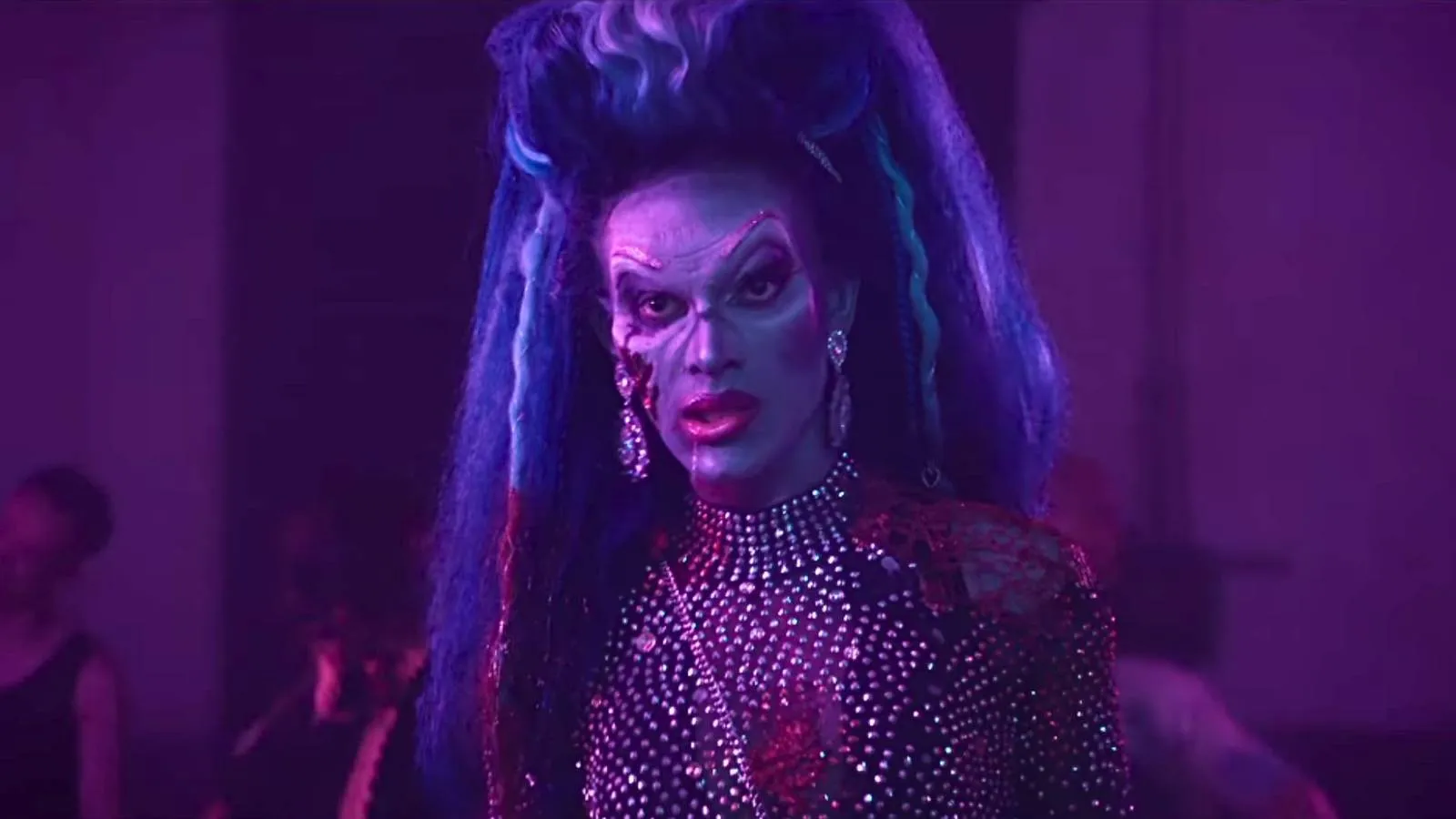Irish author Sally Rooney declares she cannot travel to the UK over potential arrest



 News
News
 News
News
 News
News
 By Travis Fernandez
18 Sep 2025
By Travis Fernandez
18 Sep 2025
 News
News
 By Travis Fernandez
18 Sep 2025
By Travis Fernandez
18 Sep 2025
 News
News
 By Travis Fernandez
18 Sep 2025
By Travis Fernandez
18 Sep 2025
 News
News
 News
News
 By Travis Fernandez
18 Sep 2025
By Travis Fernandez
18 Sep 2025
 News
News
 By Travis Fernandez
18 Sep 2025
By Travis Fernandez
18 Sep 2025
 News
News
 News
News
 By Travis Fernandez
18 Sep 2025
By Travis Fernandez
18 Sep 2025
 News
News
 News
News
 By Travis Fernandez
18 Sep 2025
By Travis Fernandez
18 Sep 2025
 News
News
 By Travis Fernandez
18 Sep 2025
By Travis Fernandez
18 Sep 2025
 News
News

 Travis Fernandez
Travis Fernandez




